
Memorial Day weekend is almost here. That means it’s almost grilling season — a time to fire up the backyard barbecue, whether it’s fueled by charcoal briquets, hardwood, or propane.
The term “barbecue” sometimes causes some confusion. Barbecue as a genre of food is meat cooked — and smoked — long and slow over indirect heat. It’s a specialty of Texas and the Southeast, and is some of the most appealing food in America. It also takes patience (barbecue typically cooks for many hours) and is best done with a smoker or a grill adapted to the purpose.
No less appealing, though in a different way, is food cooked ON a barbecue — the term most of us use to describe the kettle grill or hibachi or outdoor gas appliance or suchlike on which we cook burgers and hot dogs, steaks and fish, and just about anything else we can. It may be primitive but it’s an immensely satisfying method of preparing food. Unlike barbecue, food grilled this way is usually cooked over direct heat and takes a matter of minutes.
Grilling is a very simple method of cooking, but as with so many simple things, it takes experience to get right. Culinary professionals who grill a lot — including, though hardly restricted to, those who run the best celebrity chef steakhouses in America — can help all of us learn, or remember, the basics. (If you prefer steak, here are 10 crucial mistakes not to make when cooking steak at home.)
Click here for tips for the perfect backyard barbecue from the experts
24/7 Tempo solicited backyard barbecue advice from seven grilling experts from around the country: noted chefs James Wayman of Oyster Club, Grass & Bone, and The Engine Room in Mystic, Connecticut; Norman Van Aken of Norman’s in Orlando and Ad Lib in Coral Gables, Florida; and Robert Del Grande of Café Annie and The Grove in Houston; Myron Mixon of Unadilla, Georgia, author of “BBQ&A with Myron Mixon” and so-called “winningest man in barbecue” for his many competition victories; New York-based specialty food consultant Raymond Hook; and Christopher Hirsheimer and Melissa Hamilton of The Canal House, a cookbook publishing, photography, and design studio in Milford, New Jersey.
Not every tip given is applicable to every situation, but they add up to a valuable guide to summertime outdoor cooking.
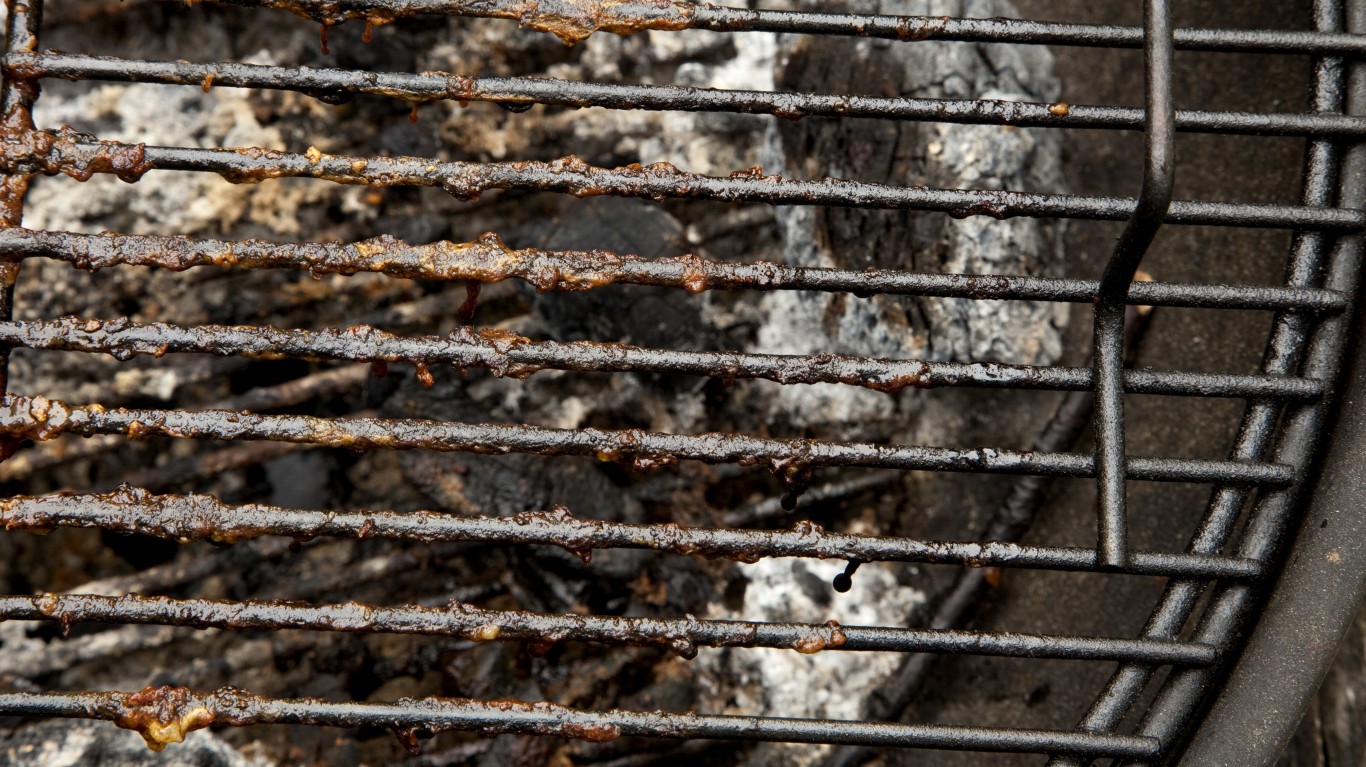
1. Clean your grill well before lighting it
A dirty grill turns out dirty food — burnt-tasting and unhealthy. A good wire brush is useful, but if you don’t have one, say Hirsheimer and Hamilton, “wad aluminum foil into a rough ball about four inches in diameter, heat your grill, then hold the ball with a pair of long-handled tongs and use it to scrub the grill clean.”
[in-text-ad]
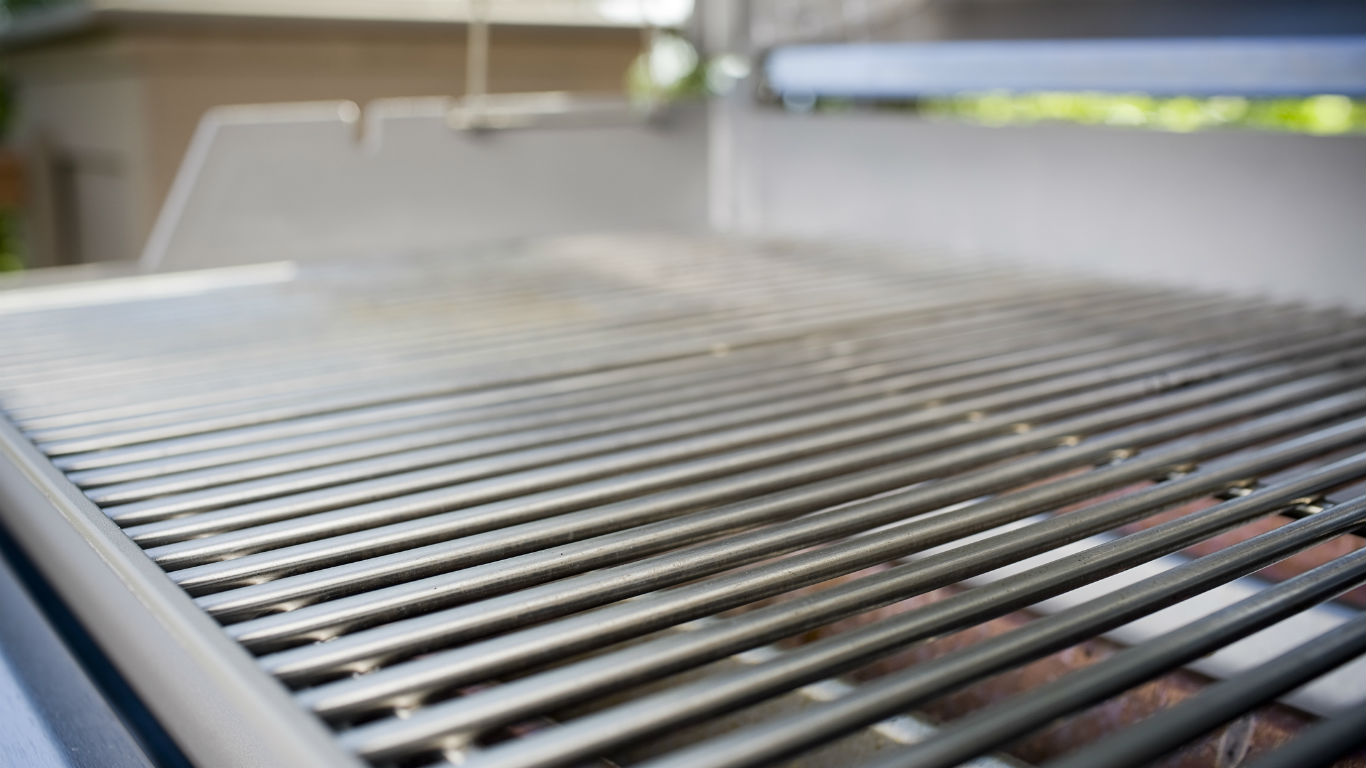
2. Oil your grill
Once your grill is clean, brush or swab it with a light coating of oil. “This is important to keep food from sticking,” say Hirsheimer and Hamilton.
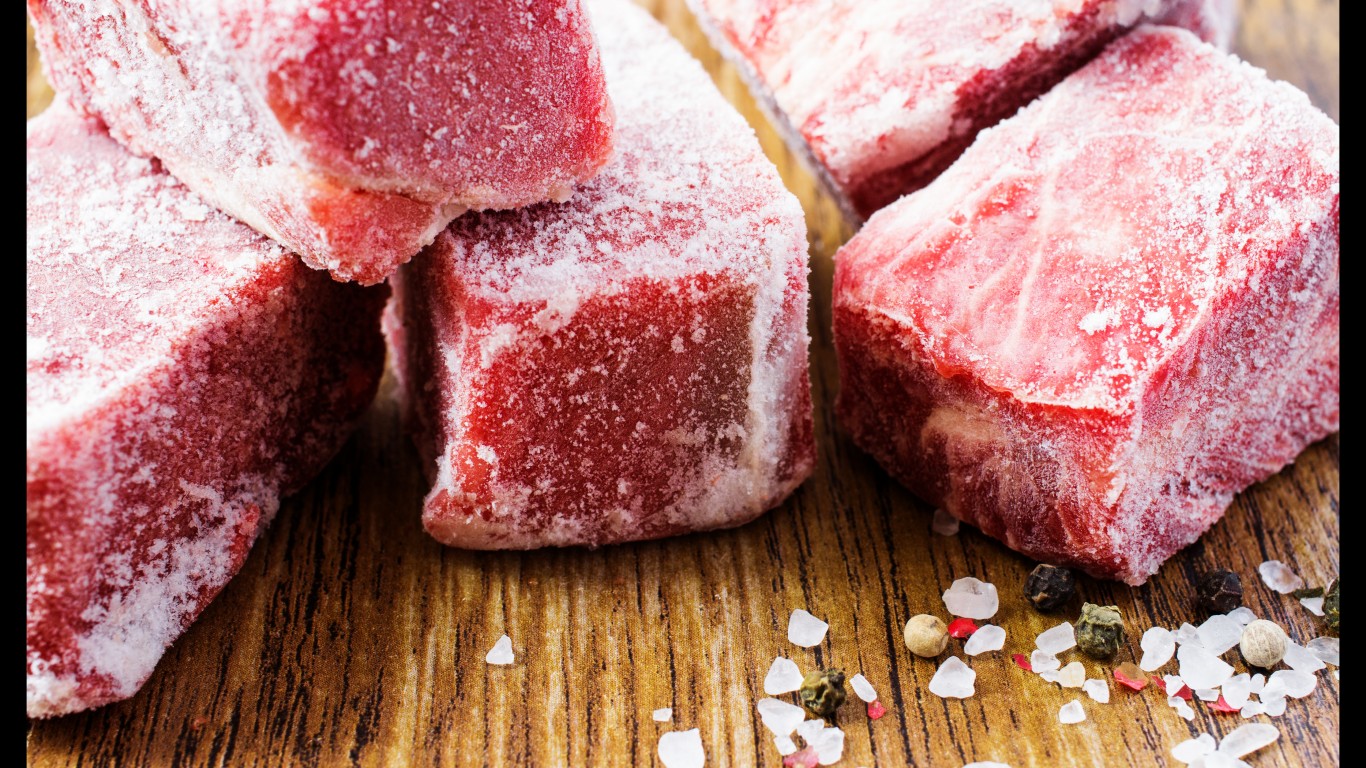
3. Don’t cook straight from the refrigerator
“Take the meat out of the fridge at least an hour before putting it on the grill,” recommends Mixon. Wayman adds that it should always be at room temperature before you start to cook it, adding “this is especially essential with large pieces of meat.” (These may take several hours to warm up.)
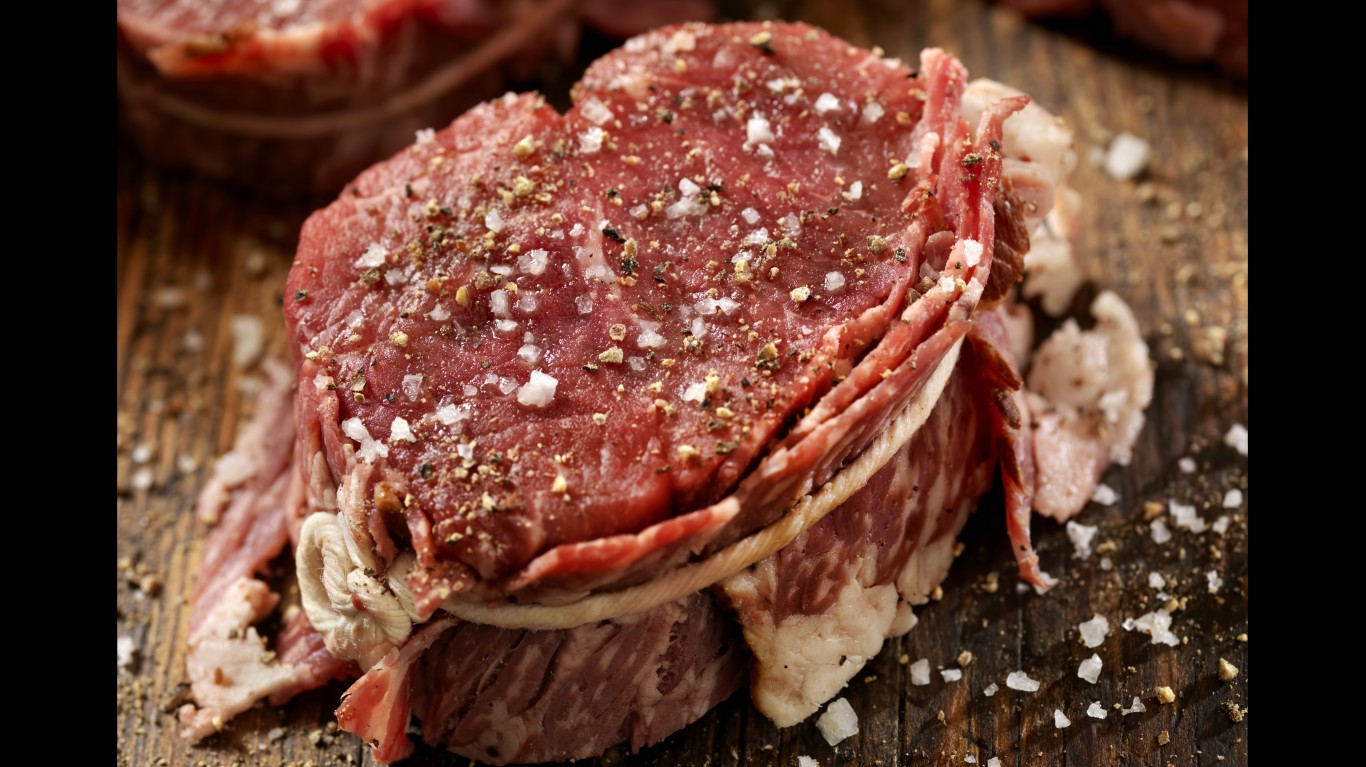
4. Salt your food ahead of time
“Salt your meat with coarse salt — I prefer sel gris from France — an hour before it hits the grill,” says Wayman. “This helps a nice crust to form.” Pressing the salt into the meat’s surface lightly will help it adhere during cooking. Some will fall off in the process anyway, and you can always adjust the seasoning when the food is off the grill.
[in-text-ad-2]
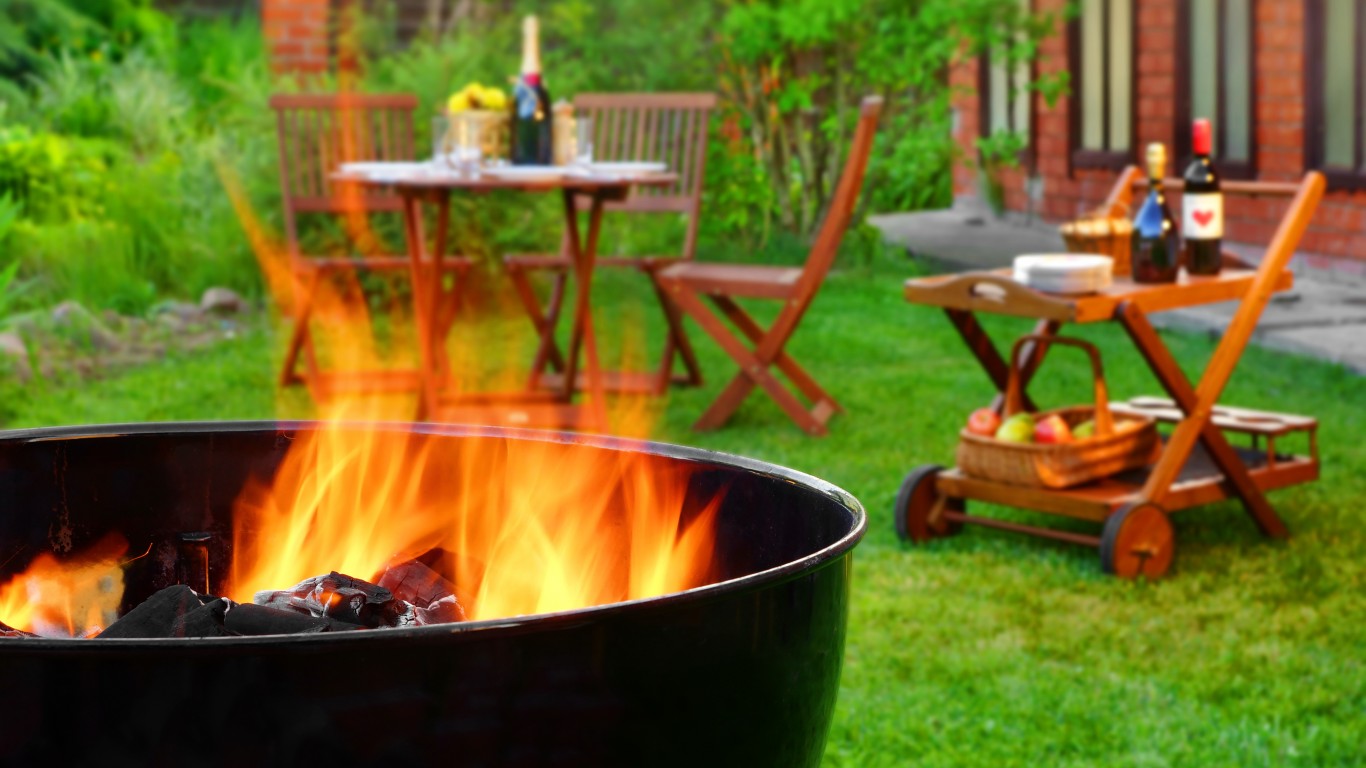
5. Start the fire early
Wayman notes that starting the fire well ahead of time heats the grill up evenly. This applies to any heat source, whether briquets, hardwood, or gas.

6. Use hardwood charcoal, not briquets, if possible
If you’re cooking with live fire, as opposed to gas, use hardwood charcoal, says Del Grande. “The more it looks like irregular chunks of wood (not pressed tar) the better,” he counsels. “Hardwood generally burns hotter, longer, and cleaner [than briquets], without any notes of resin.” Wayman concurs. “I prefer to use hardwood,” he says, “but if you’re using briquets you can always add a piece or two of hardwood for flavor and smoke.”
[in-text-ad]
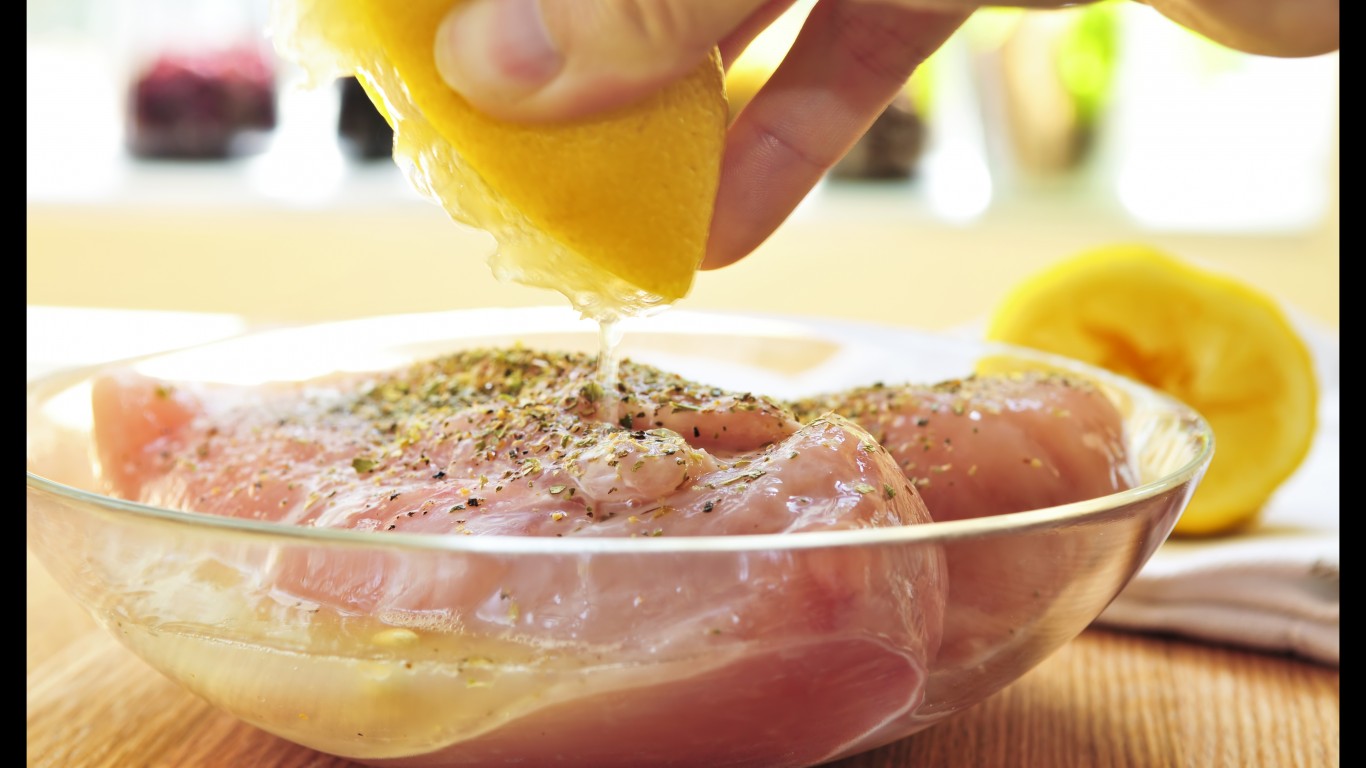
7. Use a syringe for the marinade
Van Aken recommends this tool for injecting marinade into large pieces of meat. “It will never get there with a marinade that sits on the surface,” he says. Use a large syringe, he stresses, “the kind a veterinarian would have for a horse,” and be sure to strain any solids out of the marinade beforehand so it doesn’t clog the syringe. In addition to its practical function, he adds, “A syringe gets immediate attention, and that’s the anticipation-builder that any person who loves to cook wants, even if they don’t admit it.”

8. Use a spice rub
Don’t put wet sauces on meat before you cook it, warn Hirsheimer and Hamilton. These will burn and may alter the texture of the meat. Instead, use dry rubs to add flavor without bringing about textural changes — and save the sauce, if any, for after the food is off the grill. Van Aken notes that while commercial dry rubs are readily available, “It’s very easy to come up with a variety of blends on your own. These give you a story to tell while you’re waiting for the food to cook.”

9. Use a meat thermometer
Always use a meat thermometer to cook any kind of meat or poultry to the correct internal temperature, says Mixon. Hirsheimer and Hamilton like to keep a thermometer, along with a timer, salt and pepper, and a flashlight (for grilling after dark) in a lidded plastic container near — but not too near — their grill.
[in-text-ad-2]
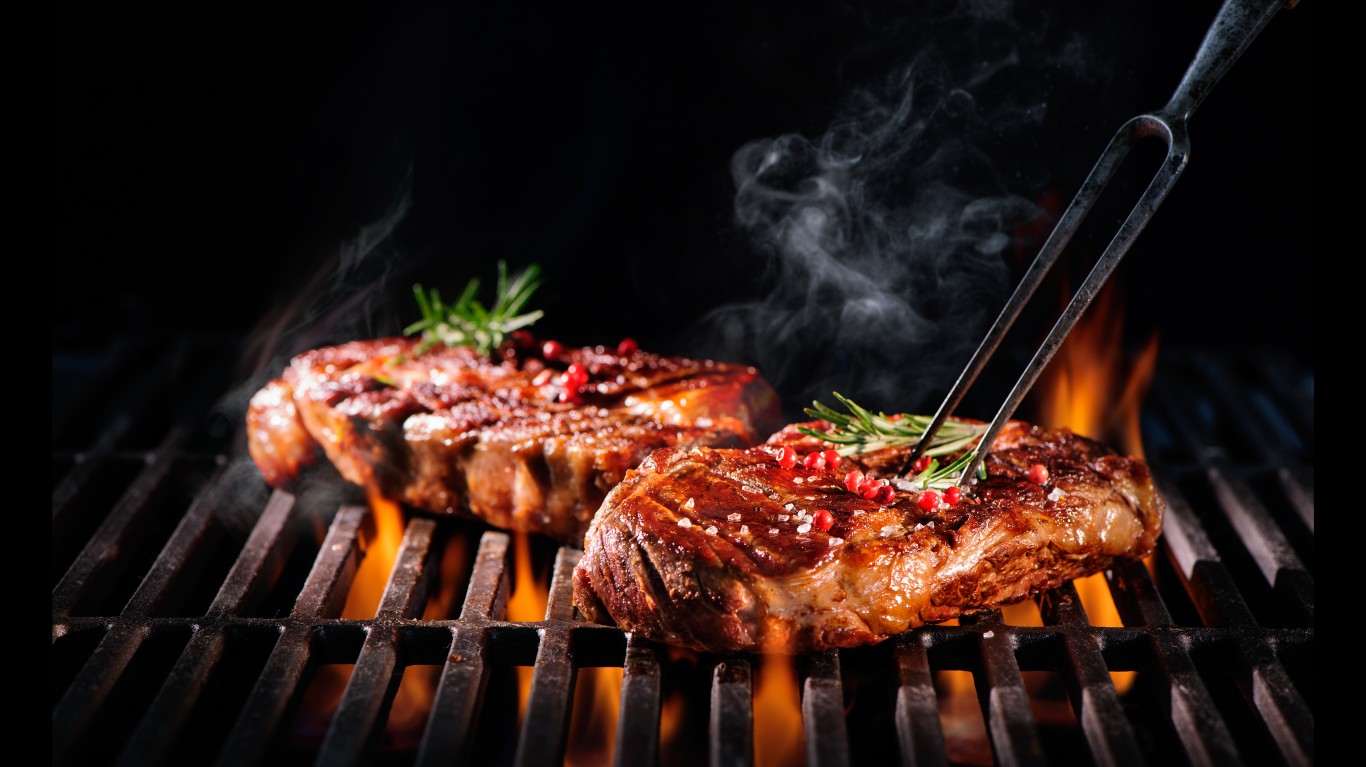
10. Vary the temperature across the grill
While Mixon stresses that grilling temperature should remain constant, Del Grande notes that, even though it’s constant overall, it doesn’t have to be the same for every part of the grill. “Slope the coals to one side or the other, or even back to front,” he suggests. “This gives you a range of temperatures, letting you sear over the hot side and slow-finish on the cooler side.” He adds that “This works for gas grills, too. Don’t turn all knobs up all the way. Use a lower setting on one part of the grill.”

11. Cook with the grill hood open
There are two schools of thought on this, and lowering the hood will make the food cook more rapidly and use the fuel more efficiently. On the other hand, Del Grande points out, “Once you close the hood, grilling becomes roasting. Plus you can’t see the food so you never know if something has caught fire.”
[in-text-ad]

12. Create airflow
“One of the most often overlooked but I think most important tools for grilling,” says Wayman, “especially with hardwood, is something to create airflow.” This insures that the wood gets plenty of oxygen, which it needs to burn hot. He uses a woven cane fan from Mexico, but says that using a bellows or even just waving a piece of cardboard will work just as well.

13. Don’t forget the vegetables
Hook reminds grillers that poultry, meat, and seafood aren’t the only things that grill well. Among his favorites: fingerling potatoes, marinated with garlic and rosemary, oiled, and grilled until done; oiled cherry tomatoes “grilled till charred and soft, then tossed in a savory vinaigrette;” and radicchio, “stuffed with mozzarella, oiled, and grilled till oozy.”
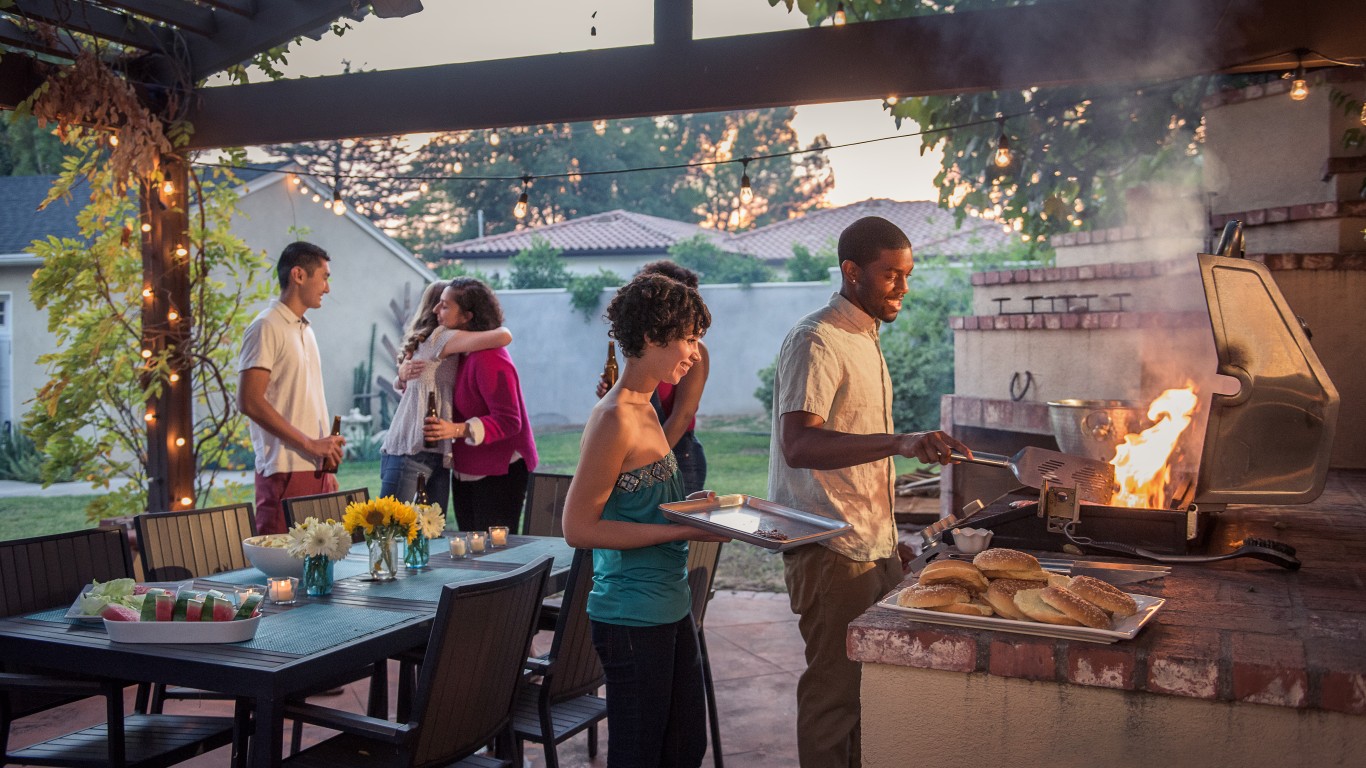
14. Remember the music
Music is essential, says Van Aken (himself an accomplished blues harmonica player). “When you’re hanging out with your friends around the grill, you don’t want to do without a playlist,” he says. His favorite grilling music is a mix of classic blues (Buddy Guy and Stevie Ray Vaughan, for instance) and classic country (like Chris Stapleton and George Jones).
Is Your Money Earning the Best Possible Rate? (Sponsor)
Let’s face it: If your money is just sitting in a checking account, you’re losing value every single day. With most checking accounts offering little to no interest, the cash you worked so hard to save is gradually being eroded by inflation.
However, by moving that money into a high-yield savings account, you can put your cash to work, growing steadily with little to no effort on your part. In just a few clicks, you can set up a high-yield savings account and start earning interest immediately.
There are plenty of reputable banks and online platforms that offer competitive rates, and many of them come with zero fees and no minimum balance requirements. Click here to see if you’re earning the best possible rate on your money!
Thank you for reading! Have some feedback for us?
Contact the 24/7 Wall St. editorial team.



